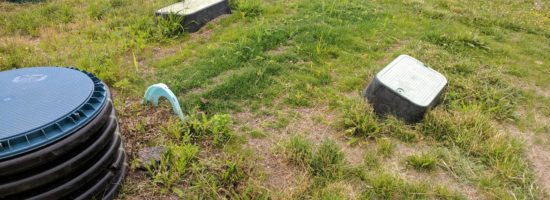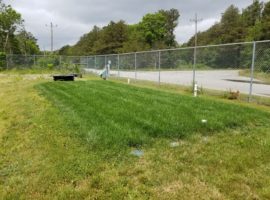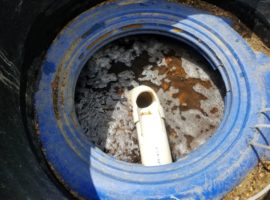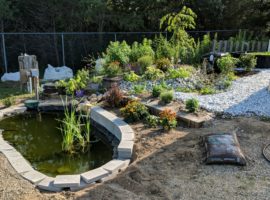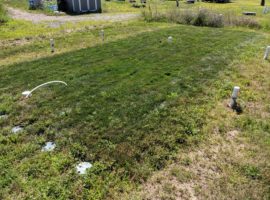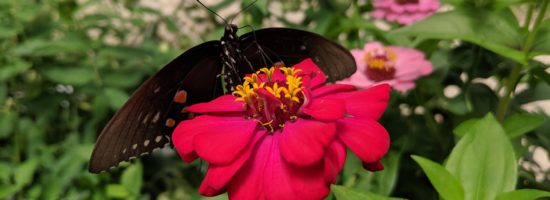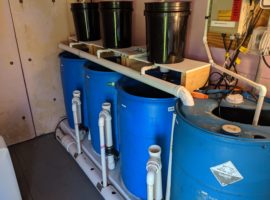Explore All Projects
"Big Layer Cake" is an example of a saturated layered system. Saturation is maintained in the sand/sawdust layer to promote anoxic (no/low oxygen) conditions.
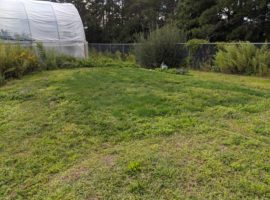
A preliminary investigation regarding the removal of selected Contaminants of Emerging Concern (CEC) by shallow soils-based onsite septic system technologies
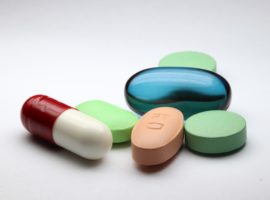
A preliminary survey was conducted to determine the efficacy of selected advanced onsite septic systems for the removal of selected pharmaceuticals and personal care products (PPCPs).

The EPA Advanced Septic System Nitrogen Sensor Challenge seeks to spur market development of an accurate and precise low-cost sensor to measure nitrogen compounds in wastewaters associated with onsite septic systems.
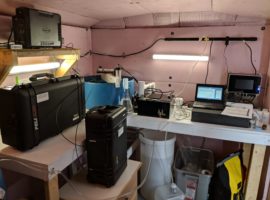
As part of an overall wastewater management strategy, the Town of Falmouth has investigated the efficacy of diversion toilets or “eco-toilets” for the management of nutrient.
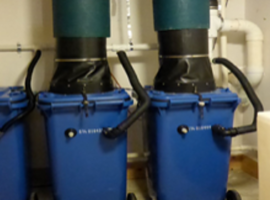
Our quasi-floating constructed wetlands is a project made from wingdings and thingamabobs we had laying around, along with some plants which were removed from out other constructed wetland to make room for another wetlands project.

The objective of the study is to evaluate pathogen removal at varying depths in the infiltrative surface beneath a wastewater dispersal unit.
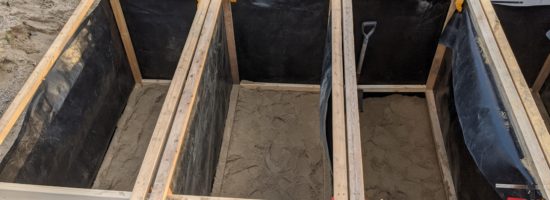
This project endeavored to develop and conduct a protocol to test products that purportedly extend the “life” of a soil absorption system and restore lost hydraulic function.
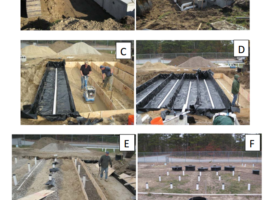
Three efforts were conducted to summarize the state of the art regarding phosphorus management from onsite septic systems and make recommendations for further research.
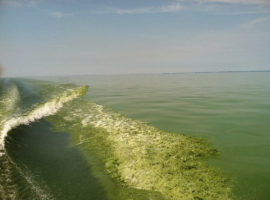
Our 24'x36' greenhouse is set up with locations for up to nine separate small-scale soil column experiments. At present we are utilizing six locations, with plans to expand to the full nine.
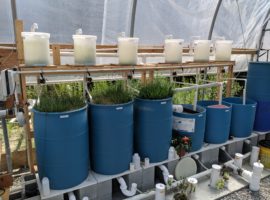
The “silt system” was derived from a modification of the work of Dr. Will Robertson and others from the University of Waterloo.
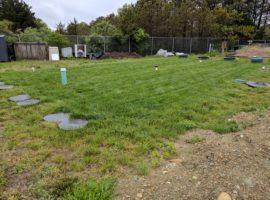
Although phosphorus is essential to life, when an excessive amount enters our freshwater lakes and water sources through discharges or groundwater, it can cause nuisance growth of algae and cyanobacteria (also known as “blue-green algae”), and in some cases, toxins that present an exposure risk for ingestion, inhalation and exposure. Human activity, including the placement of septic systems, fertilizer use and poor land management, is largely responsible for the increase in phosphorus and the resulting water quality problems.
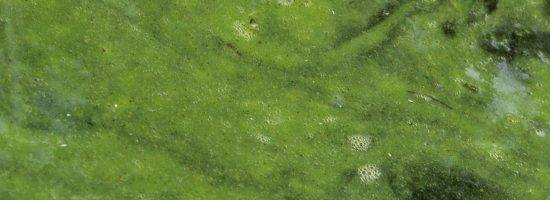
The project aims to reduce nitrogen and harmful algal blooms in the Three Bays watershed by replacing Title 5 septic systems with innovative/alternative (I/A) systems. These upgrades will begin with a demonstration project including 10-20 homes in a neighborhood abutting Shubael Pond.

Our constructed wetland cells are currently in their second iteration, being currently set up to support a thesis for Samantha Roberts, a PhD student at Stony Brook University's Center for Clean Water Technology.

The purpose of this study was to determine the efficiency of standard septic systems for the removal of viruses and compare this performance with selected I/A technology.
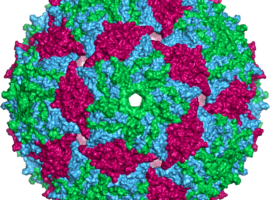
The goal of this project is simple: to identify plant species that grow well in treated wastewater, and to inspire a different line of thinking when it comes to what we do with our waste.
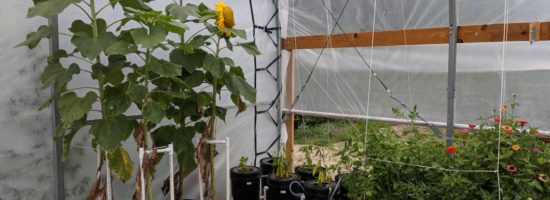
The first question on everyone’s mind when learning about the “Layer Cake” Project is always, “Why do you call it...
